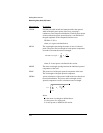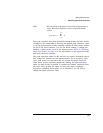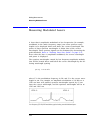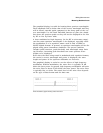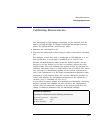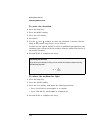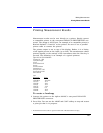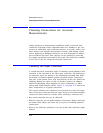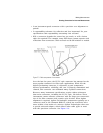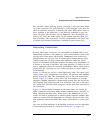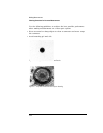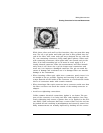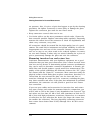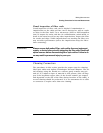
2-40
Making Measurements
Cleaning Connections for Accurate Measurements
Cleaning Connections for Accurate
Measurements
Today, advances in measurement capabilities make connectors and
connection techniques more important than ever. Damage to the con-
nectors on calibration and verification devices, test ports, cables, and
other devices can degrade measurement accuracy and damage instru-
ments. Replacing a damaged connector can cost thousands of dollars,
not to mention lost time! This expense can be avoided by observing
the simple precautions presented in this book. This book also contains
a brief list of tips for caring for electrical connectors.
Choosing the Right Connector
A critical but often overlooked factor in making a good lightwave mea-
surement is the selection of the fiber-optic connector. The differences
in connector types are mainly in the mechanical assembly that holds
the ferrule in position against another identical ferrule. Connectors
also vary in the polish, curve, and concentricity of the core within the
cladding. Mating one style of cable to another requires an adapter.
Agilent Technologies offers adapters for most instruments to allow
testing with many different cables. Figure 2-3 on page 2-41 shows the
basic components of a typical connectors.
The system tolerance for reflection and insertion loss must be known
when selecting a connector from the wide variety of currently available
connectors. Some items to consider when selecting a connector are:
• How much insertion loss can be allowed?
• Will the connector need to make multiple connections? Some connectors
are better than others, and some are very poor for making repeated
connections.
• What is the reflection tolerance? Can the system take reflection degra-
dation?



